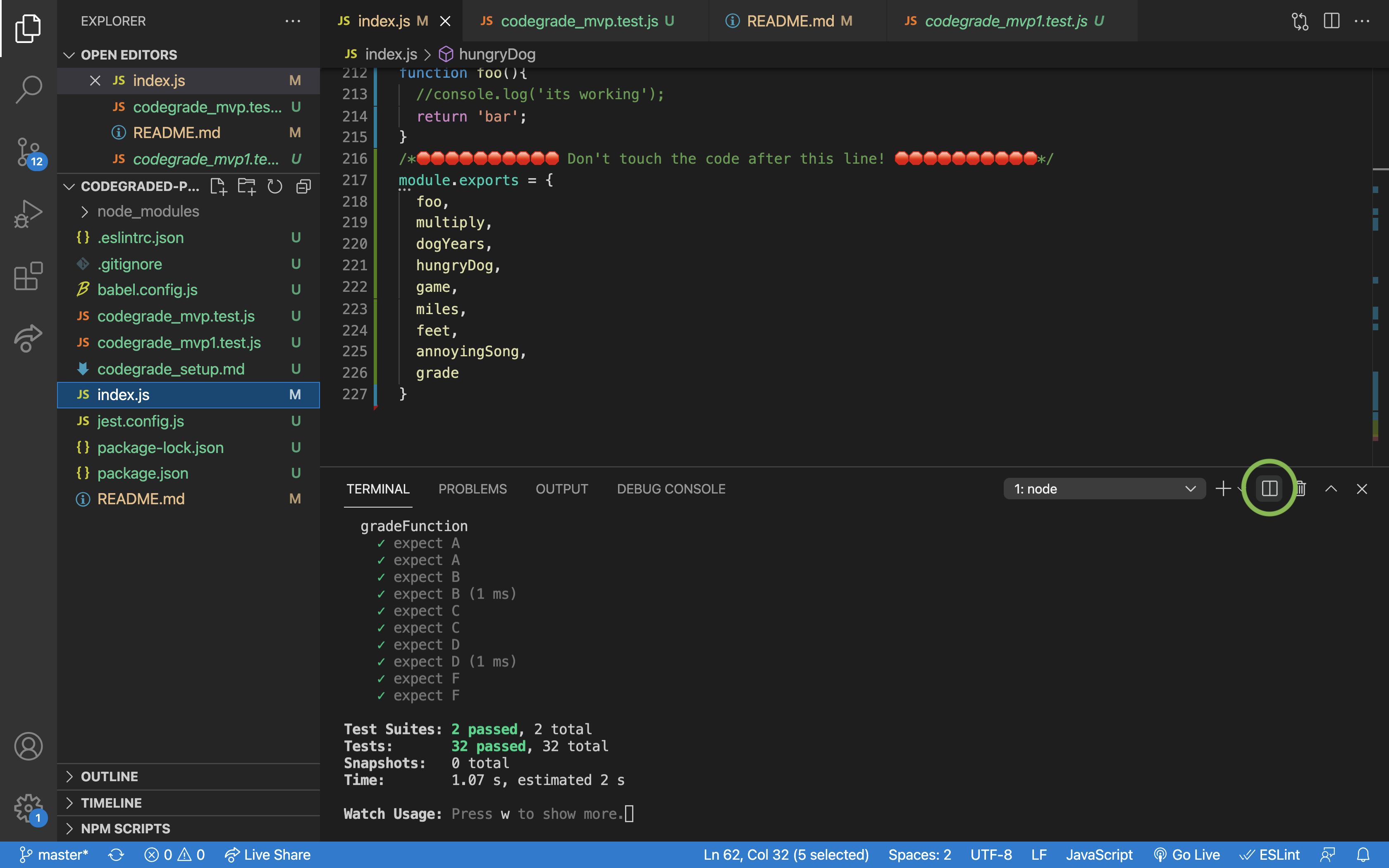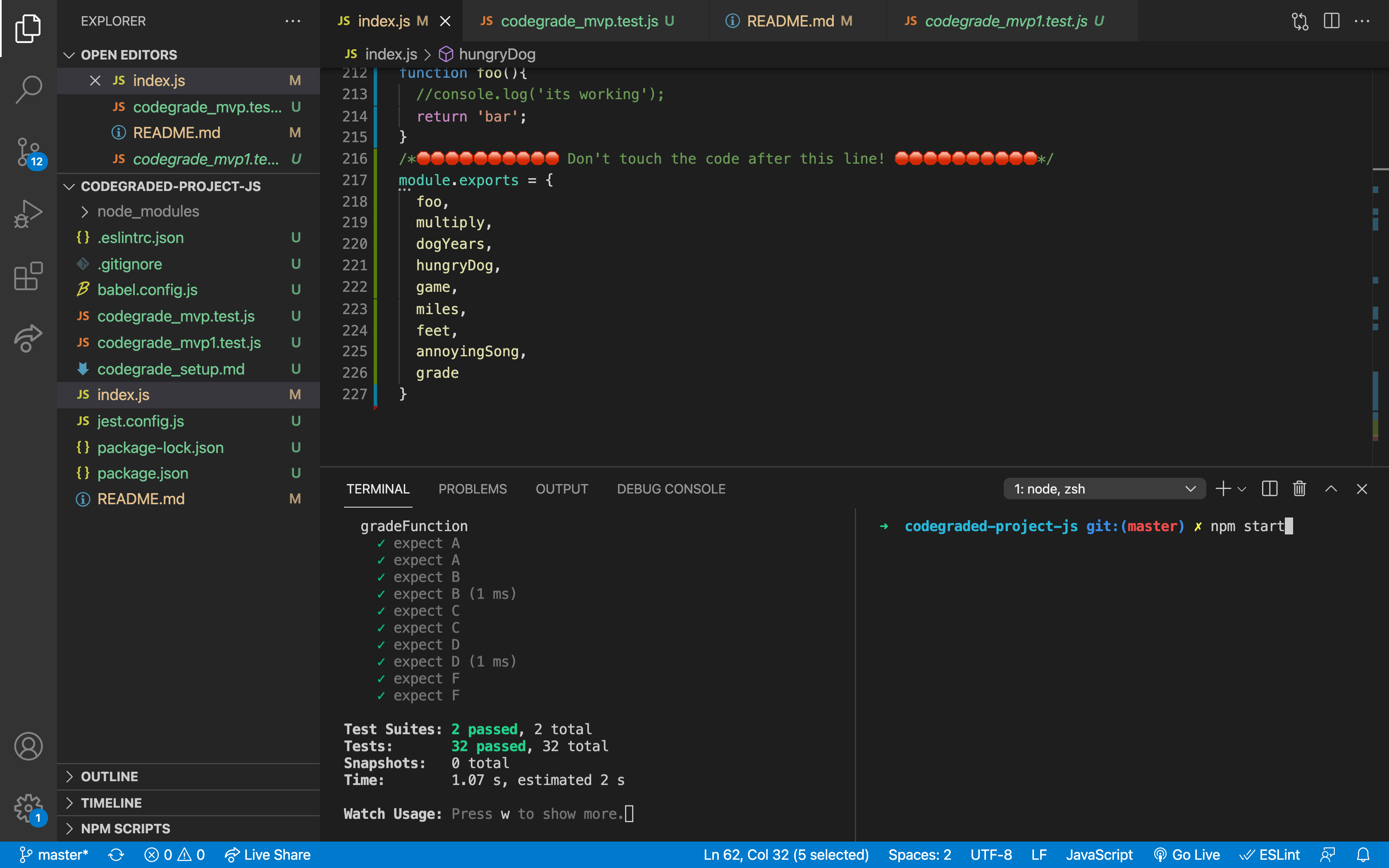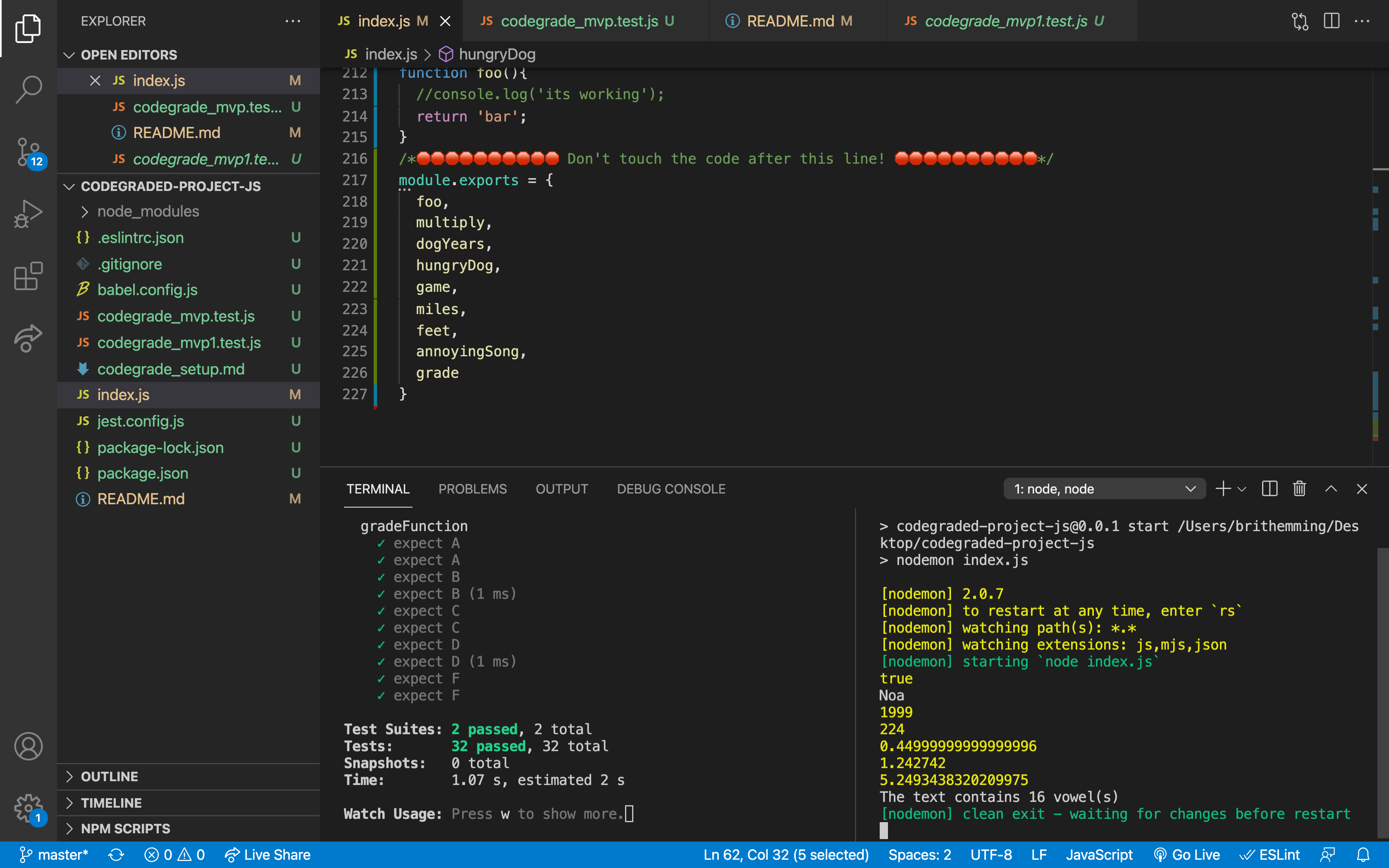Note: Please add the LIVE server extension to your visual studio code and use it for this project. https://marketplace.visualstudio.com/items?itemName=ritwickdey.LiveServer - you will not be able to view this data in the browser or see your console logs without it.
- Array Methods - demonstrate ability to use
.forEach().map().reduce().filter()and describe their use cases - Callbacks - demonstrate the proper use a of a callback function by passing a function to another function as a parameter
In this challenge, you will work with a data set summarizing every World Cup game from 1930 to 2014. As web developers, you will often work with JSON data to interact with servers, summarize data, get images to your page, and more. It is crucial that you cultivate a thorough understanding of data structures and methods early in your career.
The data set you are given (loaded in at the top of index.js) contains a report for every game played at every stage in the FIFA World Cup tournament since 1930. Each report is an object with many keys, including Year,Stage, Stadium, Home Team Name,Home Team Goals, Away Team Name, and Away Team Goals. There is a plethora of other data in this set as well, but we won't spend time working with it. You can read more about the data here or look at the sample object below if you are interested!
Your goal today will be to manipulate the data using array methods and callbacks to create interesting statistics.
{
"Year": 1930,
"Datetime": "13 Jul 1930 - 15:00",
"Stage": "Group 1",
"Stadium": "Pocitos",
"City": "Montevideo",
"Home Team Name": "France",
"Home Team Goals": 4,
"Away Team Goals": 1,
"Away Team Name": "Mexico",
"Win conditions": "",
"Attendance": 4444,
"Half-time Home Goals": 3,
"Half-time Away Goals": 0,
"Referee": "LOMBARDI Domingo (URU)",
"Assistant 1": "CRISTOPHE Henry (BEL)",
"Assistant 2": "REGO Gilberto (BRA)",
"RoundID": 201,
"MatchID": 1096,
"Home Team Initials": "FRA",
"Away Team Initials": "MEX"
},Using VSCode and Command Line:
- Fork the repo
- Go into canvas and connect your reop to codegrade
- Clone your forked version of the repo
- DO NOT CREATE A BRANCH. You will be pushing your changes to the main/master today
- cd into your repo
- open the terminal in your vs code and type
npm install - next type
npm run testin your terminal - Complete your work making regular commits to main/ master your codegrade score will update each time you make a push.
Find the file index.js and complete the tasks until all of your tests pass.
You may want to use the World Cup summary data on Fox Sports to check your math as you go.
Open a second terminal inside of your project by clicking on the split terminal icon

Inside of your second terminal type npm start

You will be running your tests in one terminal and debugging in the other. As you work on your code you should make use of console.log to check your progress and debug.

After you have completed the requirements, create a new file called stretch.js and practice with Array methods more.
See if you can complete one or more of the following challenges:
- Create a function that takes country initials as a parameter and returns their total number of World Cup appearances.
- Account for ties in your 'finals' data set
- Create a function that takes country initials as a parameter and determines how many goals that country has scored in World Cup games since 1930.
- Use
.map()to format country names into<h1>HTML headers.
Where is my data?
Your data lives in a file called fifa.js. In order to work with and use your data in the index.js file, we used the import function of JavaScript. The first line in your file should be import { fifaData } from "fifa.js", which will save all of the data into an object called fifaData. You can confirm that your data has been imported correctly by running console.log(fifaData) in your index.js file.
What about ties?
In some cases, when the outcome of a game was decided by penalty kicks, the home team and away team will have the same number of goals scored. You can ignore ties for the purpose of these tasks, but you can also look to the "Win conditions" key and splice out the winning team as a stretch goal. (See example below)
Win conditions": "France win on penalties (3 - 4)",
🤷♀️ What the Heck is a Callback?
🤝Working with JSON in JavaScript
⚽️ World Cup Summary Data to Check Work
👀 List of FIFA World Cup finals on Wikipedia
Please submit your project via codegrade by following these instructions See part 2, submitting an assignment with codegrade